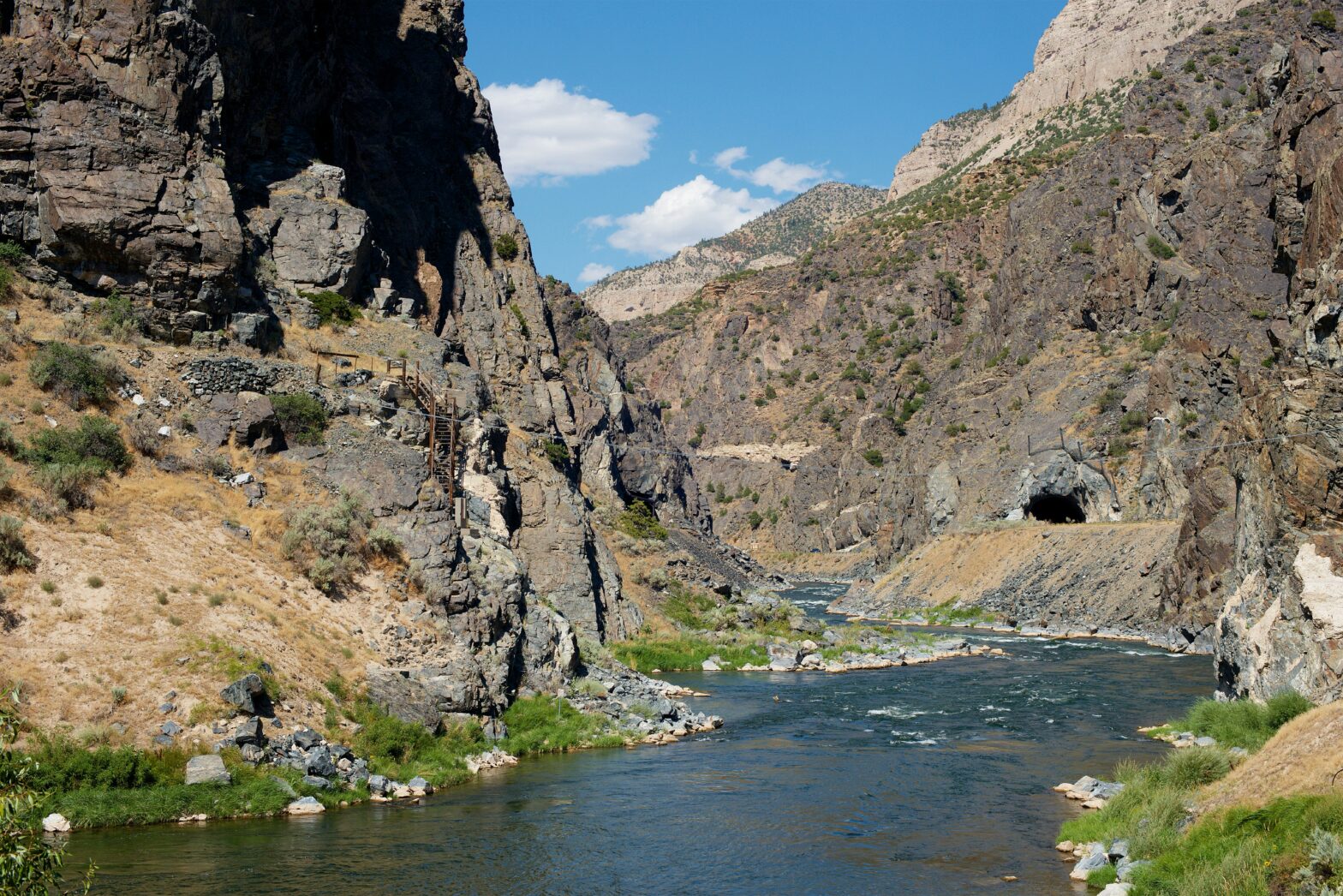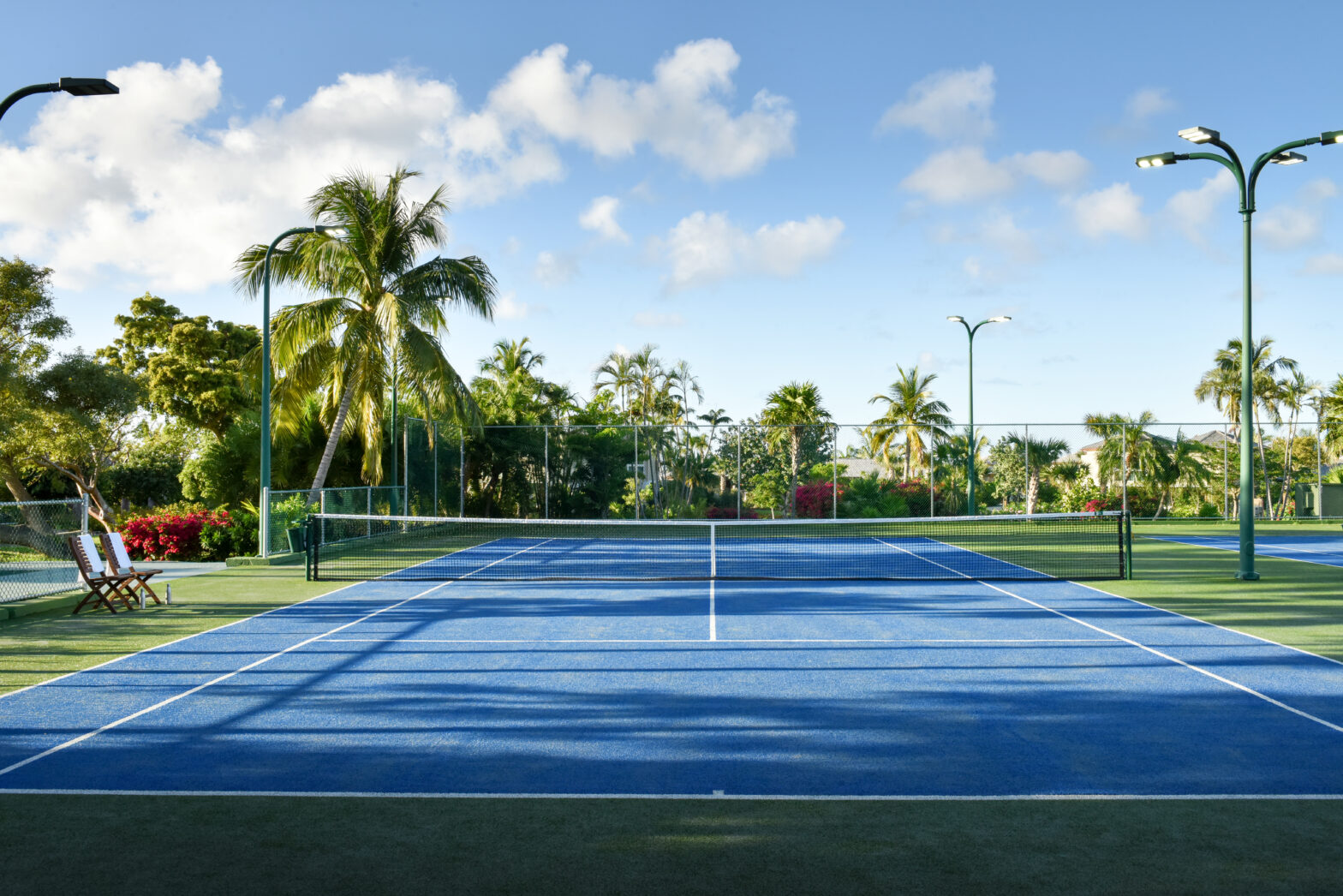July 12th marks Independence Day on the African island of São Tomé and Principe and in honor of this special occasion, we are sharing 8 interesting facts about this extraordinary country!
Here they are.
1. The Geography of São Tomé and Príncipe
The country São Tomé and Príncipe is made up of two archipelago islands just off the western coast of Central Africa. The two islands are called São Tomé and Príncipe respectively and combined have a population of almost 202,000 people.
The population is split between roughly 194,000 people on the island of São Tomé and just over 8,000 on the island of Principe. It is the second-smallest African country after the Seychelles, which has a population of less than 100,000.
2. History of São Tomé and Príncipe
Portuguese explorers colonized the islands in the 15th and 16th centuries, and converted the islands into central trading centers for the Transatlantic Slave Trade. The country gained its independence from the Portuguese in 1975, though the official language is still Portuguese.
As such, São Tomé and Príncipe is a member of the Community of Portuguese Language Countries, created in 1996. The other countries in the CPLP are Brazil, Angola, Cabo Verde, Guinea-Bissau, Equatorial Guinea, Mozambique, Timor-Leste and of course, Portugal.
3. What’s in the Name?
The island of São Tomé is named after St. Thomas the Apostle, and Principe is literally named ‘Prince’ in homage to the prince of Portugal, to whom tax on sugar produced on the islands was paid.
4. The Story of the Flag
The flag of São Tomé and Príncipe comprises three horizontal lines in the colors green, yellow and green, with two black stars to the far right and a red triangle to the far left.
The green stands for the rich vegetation in the country, yellow represents cocoa which is one of
the country’s main agricultural exports, the red flag symbolizes the country’s fight for independence and the two black stars represent the two islands of São Tomé and Principe.
5. A Mixed Population
When the Portuguese first colonized the islands, the land was considered undesirable terrain, since disease and shortages of food were rife at the time. As such, so-called ‘undesirables’
were encouraged to populate the island, including Portuguese Jews, convicts and free Black and mixed-heritage inhabitants.
Interracial marriage was actively encouraged. This meant
that from the 16th century onwards, there were Black and Afrodescendant people governing in São Tomé and Príncipe.
The population remains relatively diverse and includes ‘Mestiços’ (people of mixed heritage, people of Angolan descent, Europeans (predominantly of Portuguese heritage) and Asians, largely of Chinese descent from Macau.
6. Rich in Biodiversity
Although it is a relatively small country, São Tomé and Príncipe is rich in biodiversity. The country boasts several native animals including the São Tomé shrew, various species of bat, the smallest Ibis in the world, and the largest sunbird in the world.
It is also an important site for turtle-nesting. The most famous beach in the country for turtles is the Praia Jale beach, where the turtles lay their eggs in the sand.
7. The Music of São Tomé and Príncipe
Music is unsurprisingly a huge part of São Toméan culture. The residents on the island of São Tomé are known for popularizing the ússua and socopé rhythms, while the sister island of Principe is home to the dêxa beat.
There is a style of theatrical dance performed in São Tomé and Príncipe called ‘Tchioli’, which is said to date back as far as the 16th century, when the islands were colonized by the Portuguese. It is based on the 16th century play ‘The Tragedy of the Emperor Charlemagne and the Marquis of Mantua’ written by Baltazar Dias, a poet from Madeira. Tchioli is an
adaptation of this story, but recreated with African-influenced music and dance styles.
8. Sodade
The country is mentioned by the Cape Verdean singer Cesaria Evora in one of her most celebrated songs, ‘Sodade’ which loosely translates into English as ‘longing.’ The song is about the migration of a small part of the population of Cape Verde to São Tomé and Príncipe as contract laborers, something which took place under the Portuguese authoritarian ruler Antonio de Oliveira Salazar.
The song was written in the 1950s, and popularized by Cesaria Evora in 1992, becoming one of the biggest hits of her career.
9. Extra
And there we are! I hope you learned something new about the incredible country of São Tomé and Príncipe! On this day, July 12th, we wish São Toméans around the world a very happy Independence Day!





